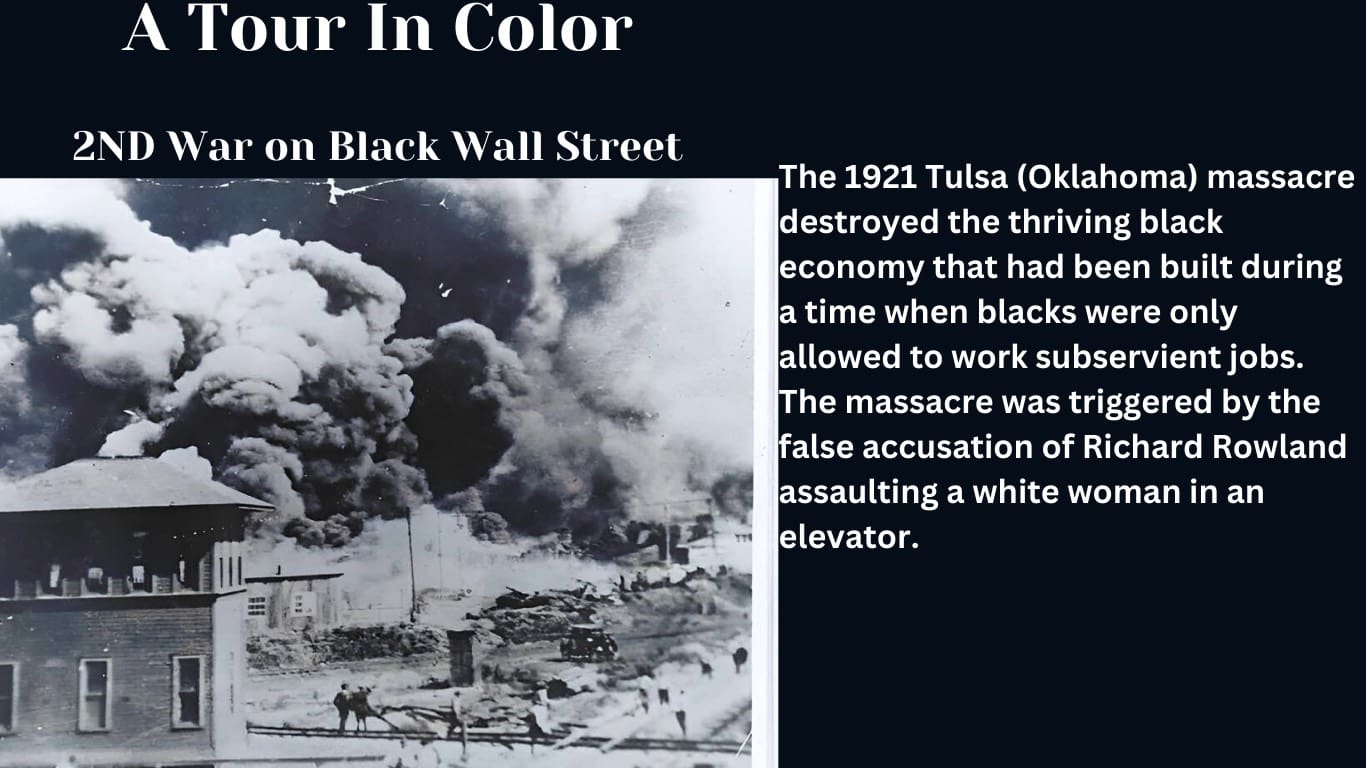
The Black Onion
Let’s do the work to break down the essence of the black community between 1898 and the 1960s. We’ll begin to peel back the layers of truth with a look at lynchings, massacres, imprisonments, and the Urban Renewal Project that started the proliferation of gentrification. With bullet- and violence-ridden destruction, the assaults on black communities such as Tulsa, OK, Rosewood, Fla., and Durham, NC., were effectively intended to tear down.
The breaking down of the black community Between 1898 and the 1960s began with lynchings, those thriving towns, and the Black Wall Streets of our own nations.
We’ll visit these communities to learn more and to peel back the layers of triumph and tribulations that accompanied the decline of many black communities. Join us!
Colortown-Lynchings
Colortown is a town specifically divided from Norlina, NC, for the express purpose of separating blacks from entering the main town of Norlina. Division Street still separates the two. It is located just a few hundred yards outside of the historic downtown space and symbolizes in many ways the town's deep-seated history around the Plummer Bullock and Alfred William’s story.
Rosewood-Massacres
This town was formulated around the remaining red cedar timber. Once the timber companies cleared the cedar, they planted pine in the Levy County area located in the southeastern part of the United States of Florida. The story goes that an assault took place on some white woman, and eventually, white men took up arms and murdered those that they assumed were involved in hiding the suspect. Most of the black citizens left town.




